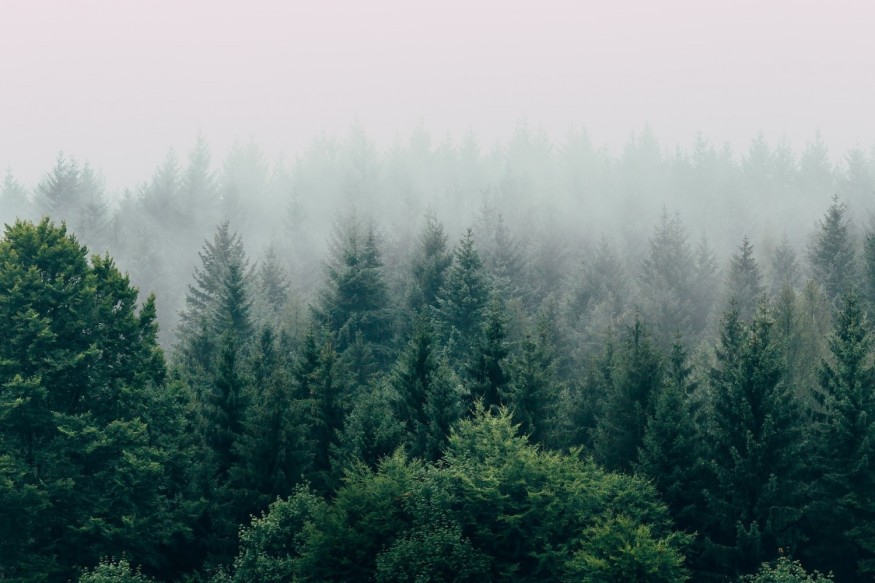
To safeguard the ecosystem of the ancient woodlands, the Wiltshire Great Wood in the UK is being turned into a nature reserve.
The Wiltshire Wildlife Trust has confirmed its purchase of Great Wood, a 71-hectare ancient woodland in North Wiltshire close to Grittenham.
Wiltshire Great Wood to Nature Reserve
The conversion of the woodland into a nature reserve stops it from being divided up among several landowners or being commercially managed.
According to the trust, old trees reduce climate change by storing a lot of carbon and fostering biodiversity.
They support a wide variety of insects, birds, and mammals, and have much-increased plant biodiversity compared to the recently planted woodlands.
Wiltshire Wildlife Trust CEO Gary Mantle expressed his happiness that Great Wood has been preserved as a wonderful location for both people and wildlife in Wiltshire.
Protecting an Ancient Woodland Ecosystem
By increasing biodiversity and making the area more resistant to the effects of climate change, Mantle's team will restore and transform the area into a fully functional ancient woodland ecosystem.
According to the Wiltshire Times, there are only 8% woodlands overall and only 3% of ancient woodland in Wiltshire.
Biffa Award, a fund that awards grants to environmental and community projects across the UK, has given the trust a £2.1 million grant to help create communities and transform lives.
Mantle said that this is a rare chance to protect what is arguably the nation's highest concentration of wild service trees as well as magnificent stands of oak.
Later, Mantle expressed his gratitude for the wonderful opportunity he had to collaborate with neighborhood farmers and so many other landowners to link Great Wood to other neighboring ancient woodlands as well as hedgerows as part of a larger nature recovery network, the BBC News reported.
Century-Old Ecosystem
Ecosystems in ancient woodlands are delicate and complex because they have evolved over many decades.
In addition to improved biodiversity, they also protect an amazing variety of insects, birds, and mammals.
Some species, like the nightingale and willow warbler, as well as butterflies like the pearl-bordered fritillary, wood white, and purple emperor, are typically restricted to ancient woodlands.
Also Read : Rare Florida Bristle Fern Now Has 4000 Acres Designated Critical Habitat in Sumter and Miami-Dade Counties
Restoring Program
A mixture of native broadleaf trees, including oak, sycamore, and rowan, will replace the non-native conifer farm, which currently occupies about a 1/3 of the woodland but doesn't support much wildlife.
The Trust will also make more room so that the last few rare wild service trees can grow and prosper.
The Trust will plant glades, and coppice trees, widen paths, and get rid of invasive plants to promote new growth, which will enhance the health as well as the biodiversity of the woodland.
This will give insects, ground flora, and small animals a wider variety of habitat options on the woodland floor as well as at the woodland's edge.
A wide range of wildlife also finds a home in ponds in woodland areas.
The Trust will build a new large pond and restore the current one at Great Wood.
Growing ponds will be essential to maintaining Great Wood's resident birds, mammals, amphibians, insects, and diverse plant life as droughts become more frequent, Wiltshire Wildlife Trust reported.
Related Article : Spruce Trees are Dying in Alaska Due to Persistent Beetle Infestation
© 2025 NatureWorldNews.com All rights reserved. Do not reproduce without permission.





